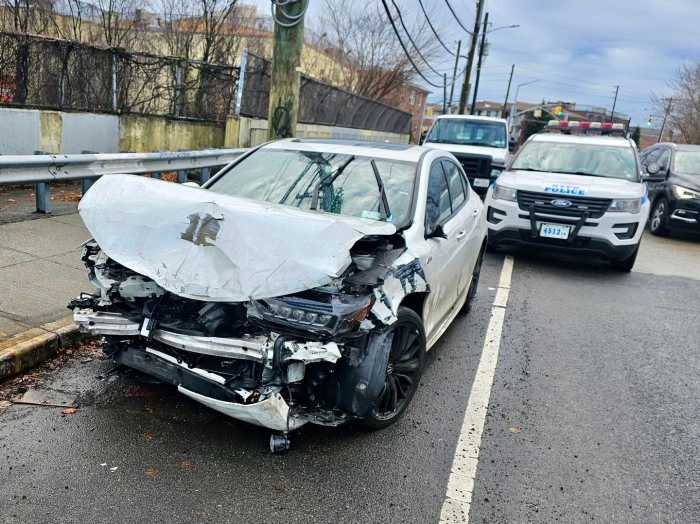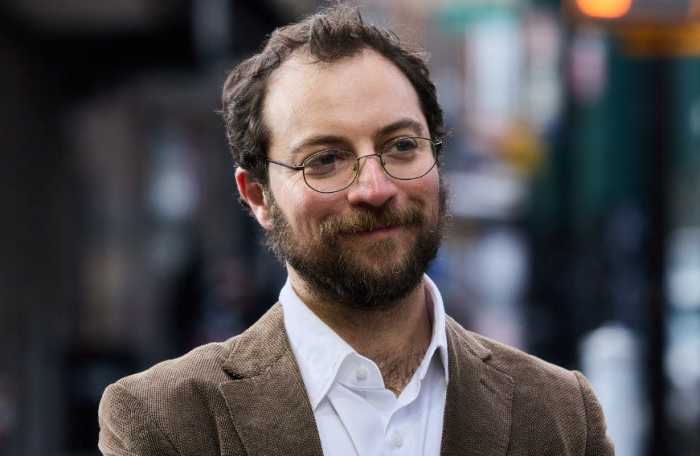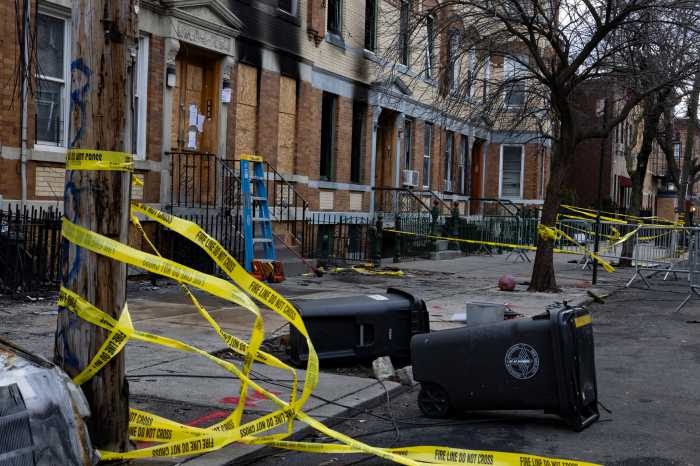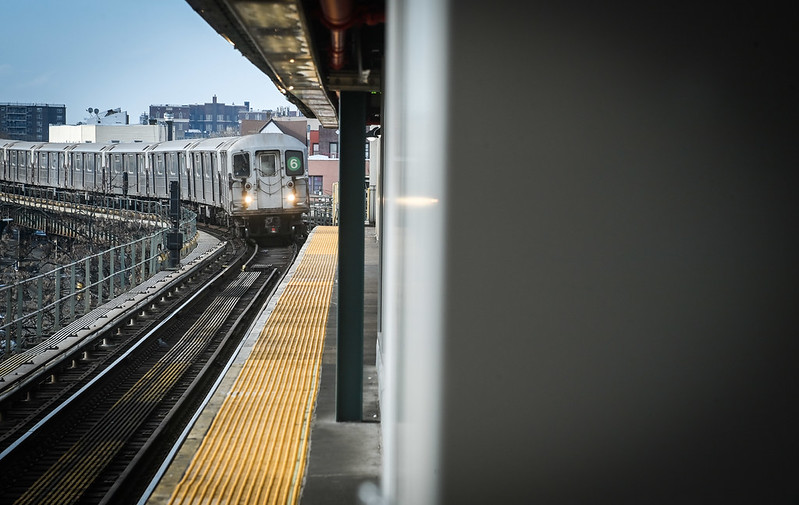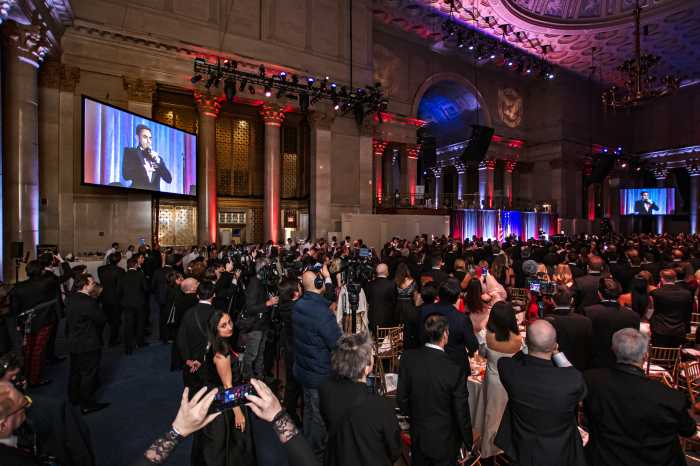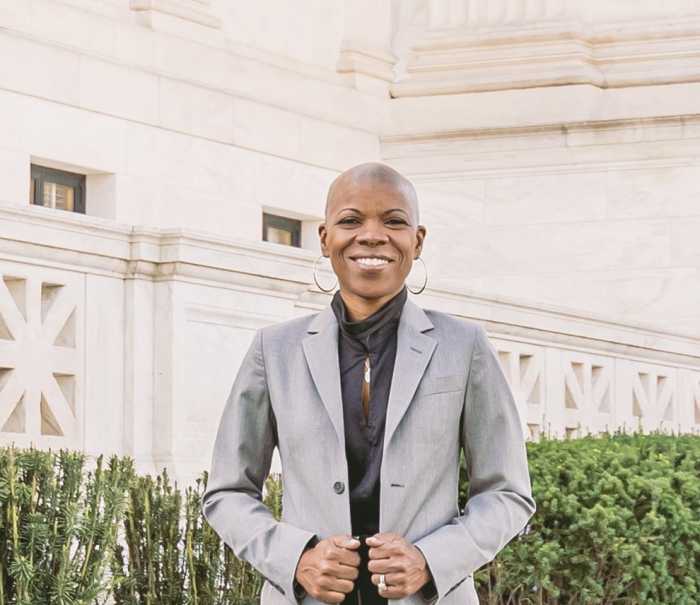The exterior of the historic Ridgewood Theatre and hundreds of buildings throughout the neighborhood are on the brink of preservation, with the city’s Landmarks Preservation Commission (LPC) likely to begin voting in September.
While the agency says it generally designates around 25 “individual landmarks” each year, its Communications Director, Elisabeth de Bourbon, explained that “there are no guarantees” for the ornate 92-year-old theater and the two swatches of Ridgewood that are home to 100-year-old “Mathews Flats” tenement buildings and the St. Matthias Church complex.
Nonetheless, area preservationists, who ardently petitioned the LPC – in some cases for decades – are confident. And, according to de Bourbon, they have reason. She admitted, somewhat reluctantly, that “the majority” of buildings calendared for hearings end up as city landmarks.
The LPC’s public hearing on March 24 regarding the Ridgewood Theatre capped a nearly year-long effort by historic preservationists and cinema aficionados who sprang to action in March of 2008 when the theater – which is widely considered to be the longest continually-run movie house in New York and, by many accounts, United States history – closed suddenly.
Led by 26-year-old Michael Perlman, the Founder and Chairman of Friends of the Ridgewood Theatre, legions of supporters lobbied hard – mobilizing on CinemaTreasures.org, writing letters, creating a Myspace page, networking with theater owners and corporations – for a landmark designation and a “historically conscious buyer.”
When their time came in front of the 11 members of the LPC, Perlman and representatives from historical societies across the city cued up an oral highlight reel of the history of their three-story Classical Revival movie house, whose ornate Indiana limestone and terra cotta façade had been a fixture on Myrtle Avenue for nearly a century.
The preservationists were accompanied by Mario Saggese, one of the Ridgewood’s current owners, who, according to Perlman, “came out positive” for “individual landmark status,” which would preserve the theater’s exterior.
Perhaps most noteworthy among those who testified was Thomas A. Lamb, the great-grandson of the Ridgewood’s eminent architect, Thomas W. Lamb.
In an email to the LPC, Lamb urged the commission to “help this community save a significant portion of its history.” He noted that the Ridgewood has served as a cultural center for generations and that “Arguably, the entire history of cinema would have been shown here [on the theater’s screens].”
Paul Kerzner, one of the forces behind the push for comprehensive New York City “Historic Status” in Ridgewood, watched movies at the Ridgewood Theatre as a child.
But Kerzner, a fourth generation Ridgewood native who testified on behalf of the theater at its hearing, says that the Ridgewood, despite its splendor, was humbled by more majestic movie houses that were long ago demolished or converted to retail space.
“Too bad Michael wasn’t around 30 years ago when the [RKO] Madison closed because that’s when we could have used him,” Kerzner said of Perlman, who also supports the efforts to landmark the historic “north” and “south” districts of Ridgewood.
The “designation of Ridgewood,” as Kerzner calls it, began in the early 1980s around the time that nearly 3,000 of the neighborhood’s yellow brick row houses landed on the federal and state historic registries – a largely symbolic gesture that did not provide the protections of city landmark status.
“I saw the benefits in the neighborhoods of Brooklyn and I saw what preservation did in those neighborhoods and in Greenwich Village,” recalled Kerzner, the Vice President of the Ridgewood Property Owners and Civic Association. “And I said to myself, ‘If it works there, why can’t it work here?’”
At first, though, Kerzner explained, city landmark status was too restrictive on renovation – new colors had to match old, wooden window frames had to be replicated.
But as the LPC eased up, Kerzner saw a window of opportunity and began calling the agency on a regular basis. In the late 90s, as a sign of the changing times, around 50 buildings on Stockholm Street were designated as city landmarks, he said.
An LPC public hearing on the proposed “North Historic District” – which is bordered by Forest Avenue on the northeast, Woodbine Street on the east, Fairview Avenue on the south and Linden Avenue on the west – took place on December 16 of last year. The proposed “south” district, whose hearing is pending, would be encompassed by Woodbine Street to the north, Woodward Avenue to the northeast, Catalpa Avenue to the east and Seneca Avenue to the southwest.
The districts consist of around 300 buildings, and the LPC is considering looking at the remaining 2,700 buildings on the national registry at a later date.
“I think the key was that there has been widespread citizen support for this in Ridgewood,” Kerzner said. “You don’t want to be battling with residents.”
Similarly, Perlman said after the theater hearing that he was “elated” by the outpouring of support from Ridgewood Theatre patrons and current and former neighborhood residents.
“Historic preservation and fighting the good fight can become contagious and take on a series of changes,” he said. “So optimism pays off, as well as being proactive.”
Until the LPC’s vote in September, the theater and districts under consideration are temporarily protected, as property owners need Department of Buildings and LPC approval of any exterior changes.
After the vote, Perlman will lobby the LPC to preserve the theater’s foyer and Kerzner will continue his efforts to save the remnants of historic Ridgewood.
“The important thing is we preserve what we can preserve,” Kerzner said, “and the things that we’ve lost are nothing but memories now, unfortunately.”

